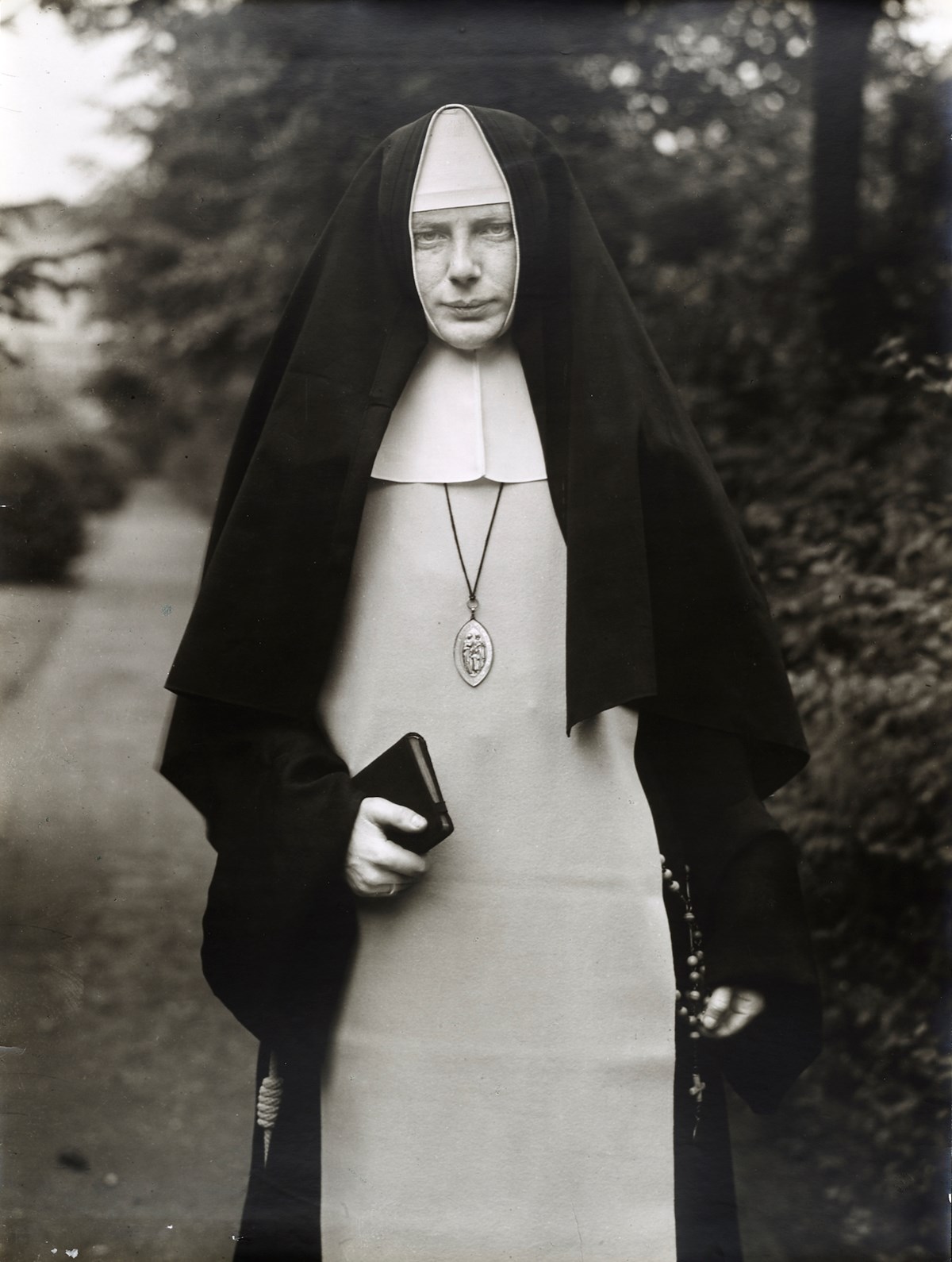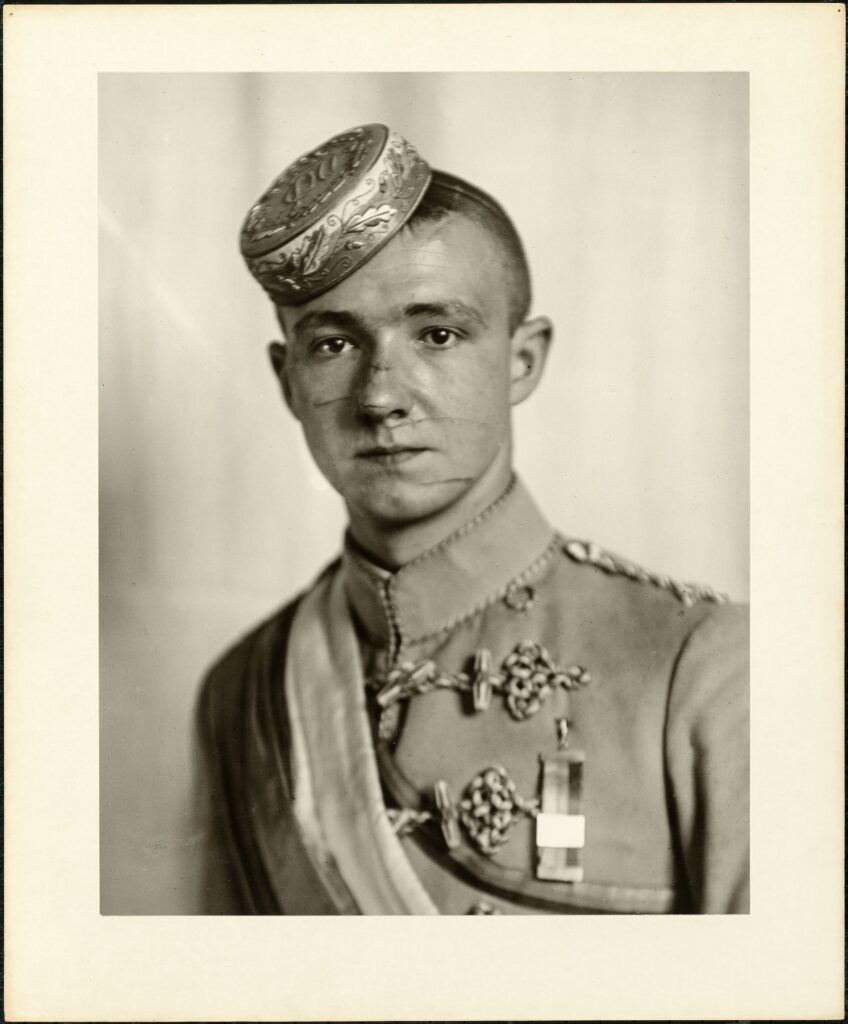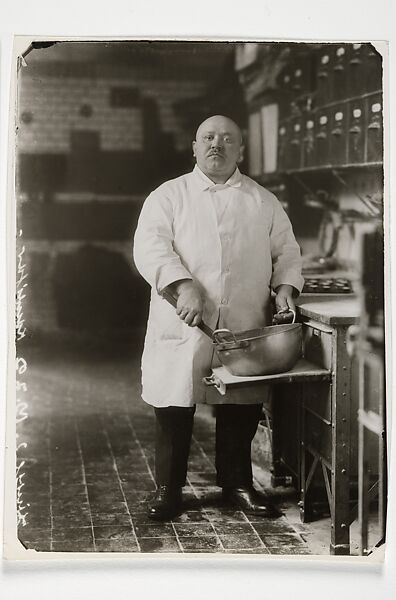what is an Environmental Portrait?
An Environmental Portrait is a photograph that captures the subject in an environment they are typically found in, or tell a story of their life and surrounding.
This can also consist of their working environment’s or places they’re associated with. For example An elderly person in a care home, or someone who’s tanned in a sunny environment.
Mood Board:

Mind map –
Environmental Portraits:
- must create a story in the viewers mind about the subject.
- Props – helps establish an identity with the subject.
- shows the subjects environment – e.g. Workplace, home, associated locations.
- Indoor and outdoor photos – creates a Identity to the picture.
- More than one person – creates a setting of tone or emotions.
- Direct eye contact or subjected gaze -.
- Emotions of the subject – helps form that portraits story.
Artist Study –
August Sander:


“It is not my intention either to criticize or to describe these people, but to create a piece of history with my pictures.” – August Sander
Intro:
August Sander, Born in Germany on November 17th 1876, grew up meeting other well known photographers in Germany such as Heinrich Schmeck. seeing his interest in photography, Sanders’ uncle helped him buy his first Camera.
Later going on to study under apprenticeships in the military and in berlin and other cities, he received further education as an observer at the Royal Academy of Art.
His photographs, taken of thousands of people around Germany, capture little to none emotion from the subjects, yet tell an enriching in depth story of their life’s. Collected in a Portfolio spanning from photos as early as 1904 all the way until his death in 1964, he named this era of art ‘people of the 20th century’. His photos can be seen to date through many time periods, documenting a society’s growth or down fall and different social classes.
A visual demonstration of this can be seen through the change in military clothing made by the changing of rulers of the country. The old era of Kaiser Wilhelm’s imperialistic uniform to Adolf Hitler’s Fascist regimes uniforms shows this.


Individual photo study –

Konditor (Pastry Chef), 1928
Like many of his photos, this one, to me clearly demonstrates the factors that make up Sander’s genre of an Environmental Portrait.
Taken on a technologically outdated large formatted camera that was made up of glass negatives and long exposure times, this allowed Sander to capture as much detail on his subjects faces, body and environment. According to a letter he sent to another photographer, Sanders photos were taken with a corresponding light filter and a clear fine grained glossy paper, These were then made on a 13 x 18cm plates and then enlarged into 18 x 24cm which is equivalent to a 5 x 7 large image format nowadays.
Usually having a fairly low aperture, this allowed the image to create a 3D effect on the subject, making them standing out yet still containing details of their environment such as in this image I’ve decided to analyse.
The subject’s bowl, flour covered floor and cooking equipment are all still visible to create and formulate his identity.
Shown in the quote I have used, Sander’s creates ‘a piece of history’ with his photographs as by taking these environmental portraits, he immortalises these people from the past.
Other examples:

As mentioned before, Sander followed a set out genre of how he took his photos, capturing the entire subject or as a close up this visually makes us focus on their whole appearance and helps us to recognise their identity of how they are dressed and their environment. Relying on natural lighting to create detail on his subjects faces this can be seen in the middle image that shows a beam of light streaking over the bricklayers face. formulating a contrast to the darkness that surrounds the darkness consumes the lower-half of his clothes it is clear Sanders intent on how me carefully may of positioned the subject for this photograph.
overall, I believe August Sander’s work is a significant demonstration of how an environmental portrait is taken and has a place in Photography as an important foundation for its use.
Inspiration and similarities with other Photographers –
Inspired in his youth by Heinrich Schmeck, Sander’s photography can be seen to take influence in some of his early work.


Being awarded at many exhibitions, Sander’s work can be seen to very influential amongst other photographers. Due to taking photos in a fixed genre of black and white. Others that do something similar can be seen to replicate that.
Alys Tomlinson –



Vanessa Whinship –



Alec Soth –



Photography Elements Analyse –


Well done, evidence here of a confident and engaging blog post that clearly shows understanding!